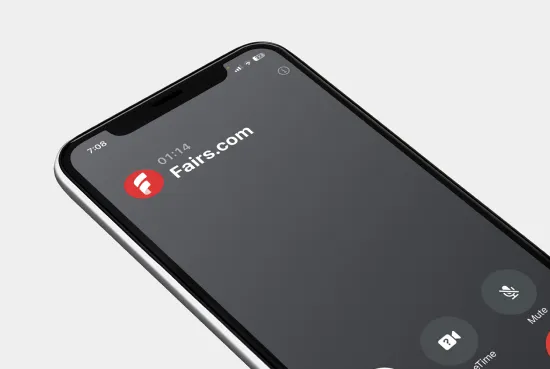What the FTC Rule Means for Live Event Ticketing
The new rule targets bait-and-switch pricing tactics—often referred to as “junk fees.” For live event organizers, this means every unavoidable fee must be included in the total price you advertise, and that total must be displayed more prominently than any other pricing information.
There are two main areas you must focus on to remain compliant:
- Your Advertising
- Your Ticketing Partner/Provider
If you address both of these, you’re well on your way to compliance.
Note: This article is provided for educational purposes only and should not be considered legal advice. Always consult qualified legal counsel for specific compliance guidance.
Key Requirements Every Ticketing Platform Must Follow
- Pre-Payment Disclosure – Optional charges (like taxes or add-ons) must be shown before payment.
- Total Price Disclosure – Advertised prices must include all mandatory fees that can be calculated in advance.
- Prominent Display – The total price must be the largest and most noticeable price.
- Clear Fee Descriptions – Fees must be labeled in plain language.
Fairs that Absorb Fees
This is the most straightforward path to compliance.
- All marketing, advertising, and signage should reflect the final “all-in” price—the same number regardless of whether a customer pays with cash or card.
- You do not need to show a fee breakdown in your ads—just the final total.
- If you’re absorbing fees, you’ll likely want to adjust ticket prices upward to cover processing costs and platform fees.
- Example: If you currently charge $12 admission, consider increasing to $15 to cover the costs and keep things simple for the buyer.
✅ Benefit: Simplicity. Customers see one price across all channels, and compliance is easier.
Fairs that Pass Fees Along
This approach creates added complexity in both compliance and marketing.
- On-Site (Gate) Signage must clearly indicate if there is a different price for paying with a card versus paying with cash. You do not need to display a full breakdown of fees, but you must clearly display the total all-in price if it varies by payment method.
- Advertising:
- If you advertise a price, it must be the all-in price someone should reasonably expect to pay.
- In practice, this means if you’re advertising on radio, TV, social media, etc., you must display the total all-in price it will cost someone to buy tickets online—since buyers cannot reasonably avoid fees when purchasing in that moment.
- Our suggestion: leave specific prices out of broad advertisements. Use language like “Tickets Now Available” or “Early Bird Discounts Now Available” and drive customers to your ticketing platform, where the total prices are displayed correctly.
❌ Challenge: Every marketing channel must carefully account for fees, and inconsistency risks compliance violations.
Best Practices for Event Organizers
- Audit your advertising and signage to ensure the total price is displayed.
- Work with your ticketing provider to confirm their compliance features.
- Train staff on how to explain pricing to customers.
- Keep it simple where possible—absorbing fees streamlines compliance.
The Competitive Advantage of Transparency
Fairs that lead with transparent, all-in pricing enjoy:
- Higher conversion rates and fewer abandoned carts
- More trust and repeat attendance
- Fewer pricing complaints
- Confidence knowing they meet FTC requirements
Take Action
- Review your current advertising and ticketing setup.
- Ask your provider: “Does your system always display the all-in price prominently?”
- Test your customer experience—from ad to checkout.
- Consider absorbing fees to reduce risk and simplify compliance.
📩 Ready to ensure your ticketing platform keeps you compliant while building customer trust? Contact us to learn how Fairs.com helps fairs of every size meet FTC requirements with confidence.


.webp)
